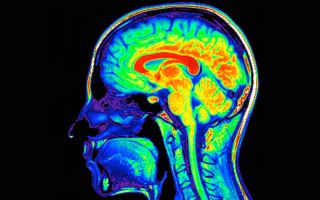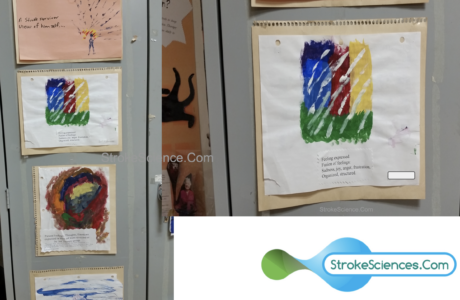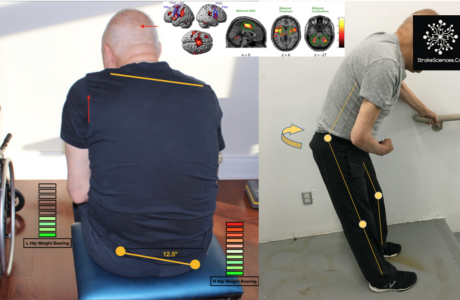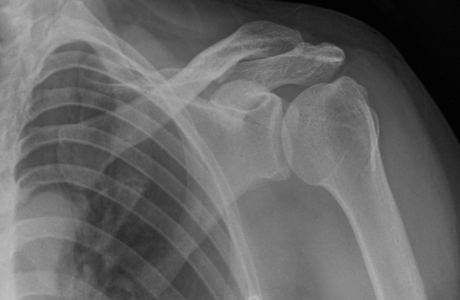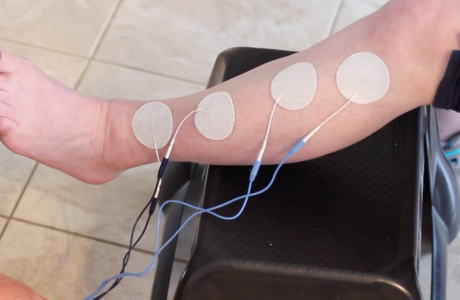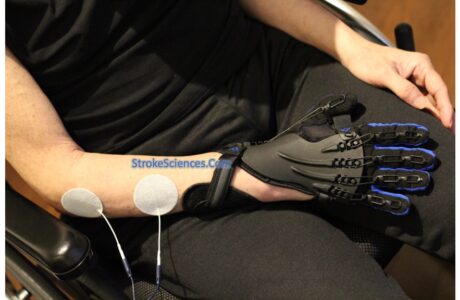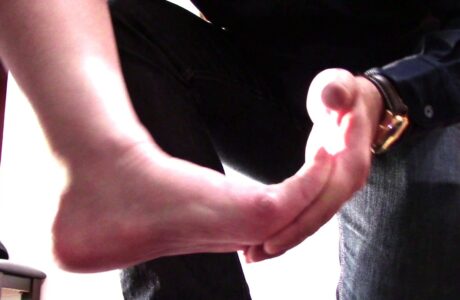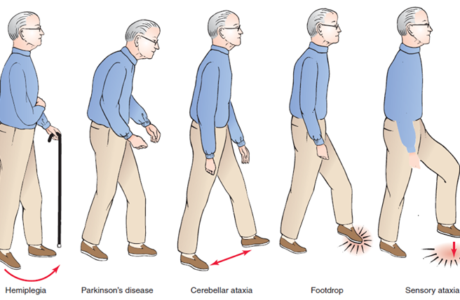
Neuromuscular Electrical Stimulation for Post-Stroke Motor Recovery: A Physiological Perspective on NMES, Muscle Fibre Activation, and Neuroplasticity
NMES Neuromuscular Electrical Stimulation (NMES) offers a promising intervention for post-stroke rehabilitation by directly stimulating motor neurons, inducing muscle contractions, and promoting neuroplasticity. In stroke...
